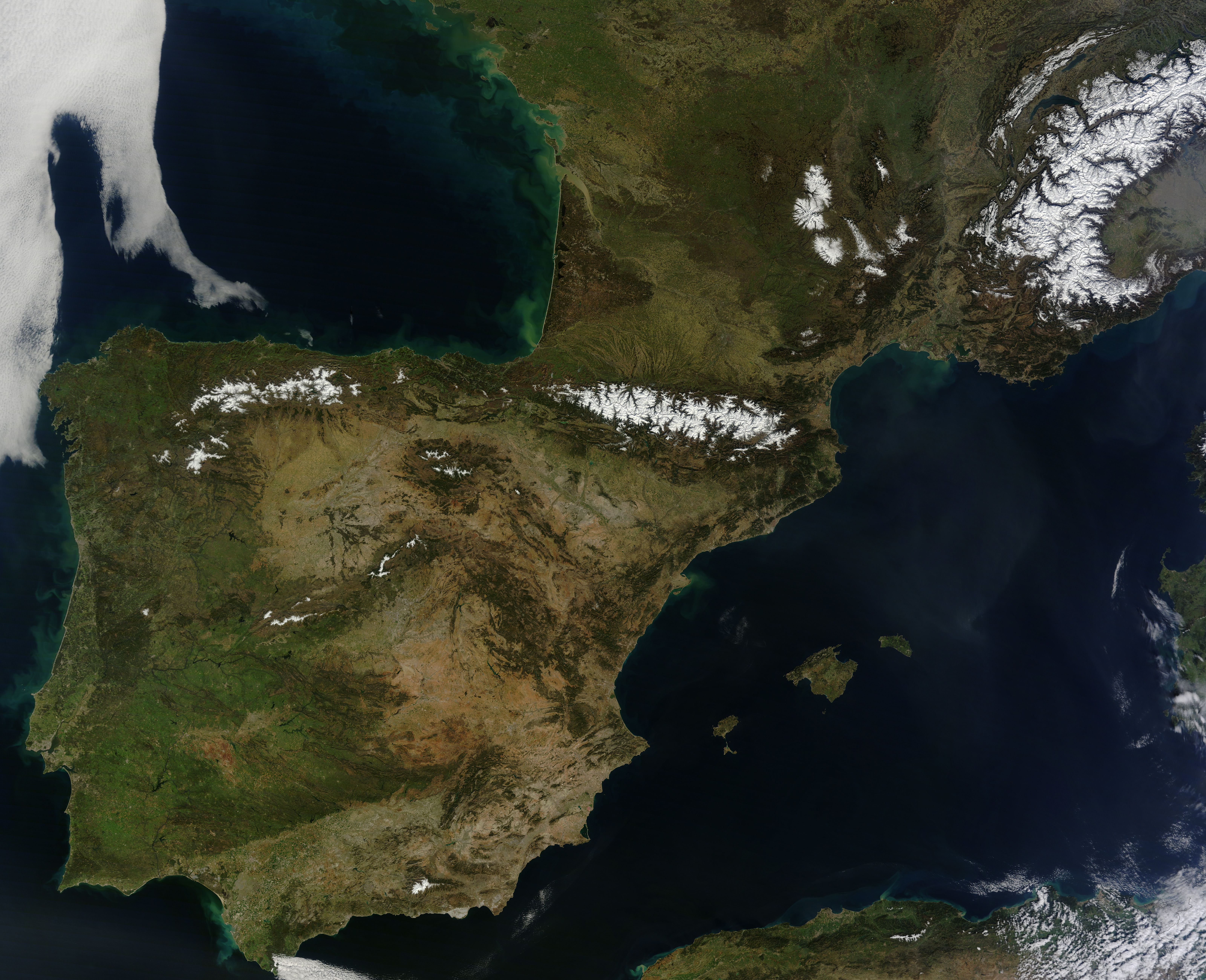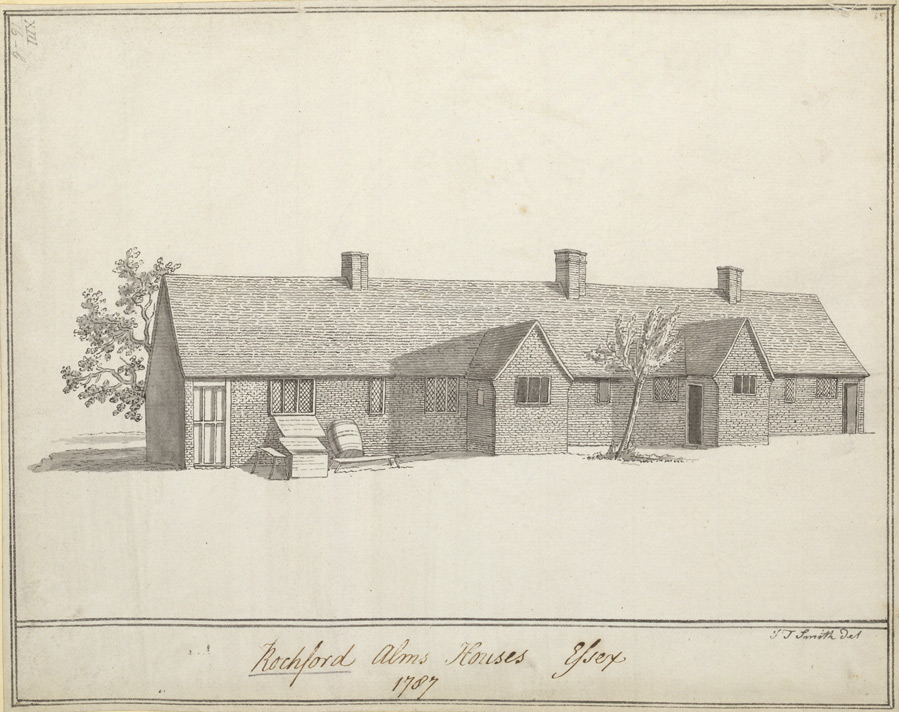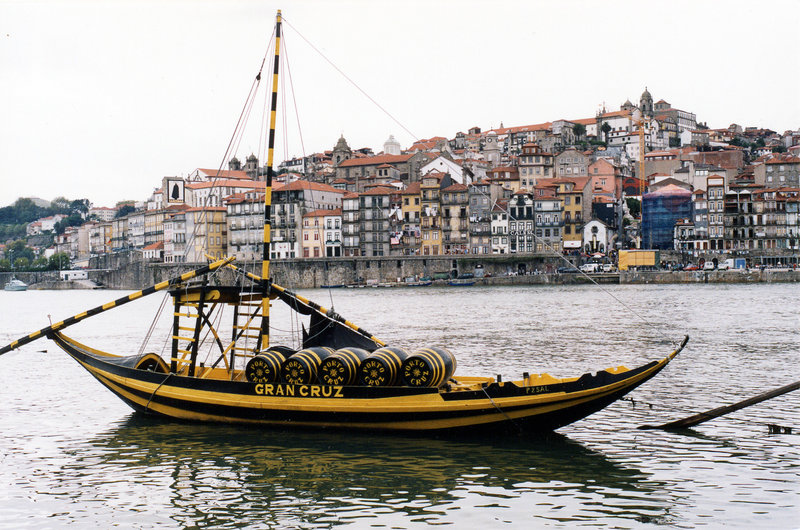|
Beato, Lisbon
Beato () is a ''freguesia'' (civil parish) and typical Quarter (urban subdivision), quarter of Lisbon, the capital city of Portugal. Located in eastern Lisbon, Beato is south of Marvila, Lisbon, Marvila and Areeiro, Lisbon, Areeiro, and west of Penha de França. The population in 2021 was 12,183. History The parish of Beato encompasses various locales stretching from ''Alameda do Beato'' to the ''Encosta da Picheleira'' (lit. Picheleira slope), traversing ''Xabregas'' and the ''Vale de Chelas'' (Chelas valley) – areas steeped in history. Notably, Chelas and Xabregas are historically significant areas, although the available information on the ''Paróquia de S. Bartolomeu'' (Parish of St. Bartholomew - of Beato), which would later give rise to Beato, is not very abundant, at least until the 18th century. The origins of are enveloped in legends, yet the true significance of the term remains uncertain. Although some historians ascribe a Latin etymology (''planella chaela'', lit. s ... [...More Info...] [...Related Items...] OR: [Wikipedia] [Google] [Baidu] |
Roman Cities In Portugal
The territory that is modern-day Portugal would be Romanized in the sequence of the Second Punic War (3rd century BCE), through the Roman conquest of the Iberian Peninsula. The Romans would found cities as well as Romanize some previously existing settlements. As a general rule, cities with names ending in -briga are thought to have existed before the Romanization of the territory, but that is not always the case (e.g., Augustobriga, near Cáceres, Spain, clearly refers to Augustus, thus it is possible that some -briga names were still being given to cities during the Roman rule). Of the 32 ''mansiones'' in the Lusitania mentioned in the old ''Itinerarium'' sources, only about half are currently identified. Administrative divisions During the era of Augustus, the Iberian Peninsula was divided into the provinces of Lusitania, Baetica, and Tarraconensis. These provinces were then divided into '' conventūs''. The province of Lusitania was divided into the ''conventūs'' of Au ... [...More Info...] [...Related Items...] OR: [Wikipedia] [Google] [Baidu] |
Agriculture In Portugal
Agriculture in Portugal is based on small to medium-sized family-owned dispersed units; however, the sector also includes larger-scale intensive farming export-oriented agrobusinesses backed by companies (like Grupo RAR's Vitacress, Sovena, Lactogal, Vale da Rosa, Companhia das Lezírias and Valouro). The extent of cooperative organisation has been reaching a greater importance with globalization. Portugal produces a wide variety of products, including green vegetables, rice, corn, wheat, barley, olives, oilseeds, nuts, cherries, bilberry, table grapes and edible mushrooms. Forestry has also played an important economic role among the rural communities and industry (namely the paper industry that includes Portucel Soporcel Group, the engineered wood industry that includes Sonae Indústria, and the furniture industry that includes several manufacturing plants in and around Paços de Ferreira, the core of Portugal's major industrial operations of IKEA). In 2013, th ... [...More Info...] [...Related Items...] OR: [Wikipedia] [Google] [Baidu] |
Iberian Peninsula
The Iberian Peninsula (), ** * Aragonese and Occitan: ''Peninsula Iberica'' ** ** * french: Péninsule Ibérique * mwl, Península Eibérica * eu, Iberiar penintsula also known as Iberia, is a peninsula in southwestern Europe, defining the westernmost edge of Eurasia. It is principally divided between Spain and Portugal, comprising most of their territory, as well as a small area of Southern France, Andorra, and Gibraltar. With an area of approximately , and a population of roughly 53 million, it is the second largest European peninsula by area, after the Scandinavian Peninsula. Name Greek name The word ''Iberia'' is a noun adapted from the Latin word "Hiberia" originating in the Ancient Greek word Ἰβηρία ('), used by Greek geographers under the rule of the Roman Empire to refer to what is known today in English as the Iberian Peninsula. At that time, the name did not describe a single geographical entity or a distinct population; the same name was ... [...More Info...] [...Related Items...] OR: [Wikipedia] [Google] [Baidu] |
Afonso III Of Portugal
Afonso III (; rare English alternatives: ''Alphonzo'' or ''Alphonse''), or ''Affonso'' (Archaic Portuguese), ''Alfonso'' or ''Alphonso'' (Portuguese-Galician) or ''Alphonsus'' (Latin), the Boulonnais ( Port. ''o Bolonhês''), King of Portugal (5 May 121016 February 1279) was the first to use the title ''King of Portugal and the Algarve'', from 1249. He was the second son of King Afonso II of Portugal and his wife, Urraca of Castile; he succeeded his brother, King Sancho II of Portugal, who died on 4 January 1248. Early life Afonso was born in Coimbra. As the second son of King Afonso II of Portugal, he was not expected to inherit the throne, which was destined to go to his elder brother Sancho. He lived mostly in France, where he married Countess Matilda II of Boulogne in 1238, thereby becoming count of Boulogne, Mortain, Aumale and Dammartin-en-Goële ''jure uxoris''. Reign In 1246, conflicts between his brother, the king, and the church became unbearable. In 1247, Pope Inno ... [...More Info...] [...Related Items...] OR: [Wikipedia] [Google] [Baidu] |
Knights Templar
The Poor Fellow-Soldiers of Christ and of the Temple of Solomon ( la, Pauperes commilitones Christi Templique Salomonici), also known as the Order of Solomon's Temple, the Knights Templar, or simply the Templars, was a Catholic military order, one of the most wealthy and popular military orders in Western Christianity. They were founded in 1119, headquartered on the Temple Mount in Jerusalem, and existed for nearly two centuries during the Middle Ages. Officially endorsed by the Roman Catholic Church by such decrees as the papal bull '' Omne datum optimum'' of Pope Innocent II, the Templars became a favored charity throughout Christendom and grew rapidly in membership and power. Templar knights, in their distinctive white mantles with a red cross, were amongst the most skilled fighting units of the Crusades. They were prominent in Christian finance; non-combatant members of the order, who made up as much as 90% of their members, managed a large economic infrastructure throu ... [...More Info...] [...Related Items...] OR: [Wikipedia] [Google] [Baidu] |
Monastery Of The Holy Cross (Coimbra)
The Monastery of the Holy Cross ( pt, Mosteiro da Santa Cruz, links=no), also known as the Church of the Holy Cross, is a National Monument in Coimbra, Portugal. Because the first two kings of Portugal are buried in the church it was granted the status of National Pantheon. Founded in 1131 outside the protecting walls of Coimbra, the Monastery of the Holy Cross was the most important monastic house during the early days of the Portuguese monarchy. Saint Theotonius founded this community of Canons Regular of the Holy Cross of Coimbra and served as their first prior. The monastery and church were erected between 1132 and 1223. The monastery was granted numerous papal privileges and royal grants, which allowed the accumulation of considerable wealth, at the same time as it consolidated its position on the politico-institutional and cultural scene. Its school, with its vast library, was highly respected in medieval times and was a meeting point for the intellectual and power elites. ... [...More Info...] [...Related Items...] OR: [Wikipedia] [Google] [Baidu] |
Order Of Santiago
The Order of Santiago (; es, Orden de Santiago ), is a religious and military order founded in the 12th century. It owes its name to the Patron Saint of Spain, "Santiago" (St. James the Greater). Its initial objective was to protect the pilgrims on the Way of St. James, to defend Christendom and to remove the Muslim Moors from the Iberian Peninsula. Entrance was not however restricted to nobility of Spain exclusively, and many members have been prominent Catholic Europeans in general. The Order's insignia is particularly recognisable and abundant in Western art. After the death of the Grand Master Alonso de Cárdenas in 1493, the Catholic Monarchs incorporated the Order into the Spanish Crown. Pope Adrian VI forever united the office of grandmaster of Santiago to the crown in 1523. The First Republic suppressed the Order in 1873 and, although it was re-established in the Restoration, it was reduced to a nobiliary institute of honorable character. It was ruled by a Superior ... [...More Info...] [...Related Items...] OR: [Wikipedia] [Google] [Baidu] |
Almshouse
An almshouse (also known as a bede-house, poorhouse, or hospital) was charitable housing provided to people in a particular community, especially during the medieval era. They were often targeted at the poor of a locality, at those from certain forms of previous employment, or their widows, and at elderly people who could no longer pay rent, and are generally maintained by a charity or the trustees of a bequest ( alms are, in the Christian tradition, money or services donated to support the poor and indigent). Almshouses were originally formed as extensions of the church system and were later adapted by local officials and authorities. History Many almshouses are European Christian institutions though some are secular. Almshouses provide subsidised accommodation, often integrated with social care resources such as wardens. England Almshouses were established from the 10th century in Britain, to provide a place of residence for poor, old and distressed people. They were som ... [...More Info...] [...Related Items...] OR: [Wikipedia] [Google] [Baidu] |
List Of Olive Cultivars
There are hundreds of cultivars of the olive (''Olea europaea''). As one of the oldest and more important domesticated crops raised by humans, the olive tree has diverged naturally and with the assistance of man into many varieties. Olive cultivars are first and foremost divided into their location of origin; most names for cultivars come from place names. Secondarily, olives may be preferred for olive oil production or for eating as table olives, though many cultivars are dual-purpose. Table of olives See also * Lists of cultivars __NOTOC__ The lists of cultivars in the table below are indices of plant cultivars, varieties, and strains. A ''cultivar'' is a plant that is selected for desirable characteristics that can be maintained by propagation. The plants listed may be ... References Further reading * {{DEFAULTSORT:Olive cultivars Lists of cultivars ... [...More Info...] [...Related Items...] OR: [Wikipedia] [Google] [Baidu] |
Portuguese Wine
Portuguese wine was mostly introduced by the Romans and other ancient Mediterranean peoples who traded with local coastal populations, mainly in the South. In pre-Roman Gallaecia-Lusitania times, the native peoples only drank beer and were unfamiliar with wine production. Portugal started to export its wines to Rome during the Roman Empire. Modern exports developed with trade to England after the Methuen Treaty in 1703. From this commerce a wide variety of wines started to be grown in Portugal. And, in 1758, one of the first wine-producing regions of the world, the '' Região Demarcada do Douro'' was created under the orientation of Marquis of Pombal, in the Douro Valley. Portugal has two wine-producing regions protected by UNESCO as World Heritage: the Douro Valley Wine Region (''Douro Vinhateiro'') and Pico Island Wine Region (''Ilha do Pico Vinhateira''). Portugal has a big variety of local kinds, producing a very wide variety of different wines with distinctive personality ... [...More Info...] [...Related Items...] OR: [Wikipedia] [Google] [Baidu] |
Convento De São Francisco De Xabregas - Lisboa - Portugal (43484864555)
A convent is a community of priests, religious brothers, religious sisters or nuns, or the building used by such a community. Convent or convento may also refer to: Places * Convent, Louisiana, U.S. * Convent Gallery, an art museum in Australia * Convento Building (Mission San Fernando), on the U.S. National Register of Historic Places * Hotel El Convento, a hotel in Puerto Rico * Convento, a town in Piedmont, Italy Schools * Dominican Convent High School, Harare, Zimbabwe * Dominican Convent High School, Bulawayo, Zimbabwe * Dominican Convent Primary School, Bulawayo, Zimbabwe * Dominican Convent Primary School, Harare, Zimbabwe Other uses * Convent (band) Emilie Autumn Liddell (born September 22, 1979) is an American singer-songwriter, poet, author and violinist. Autumn's musical style is described by her as "Fairy Pop", "Fantasy Rock" or "Victoriandustrial". It is influenced by glam rock and ..., a project of Emilie Autumn See also * The Convent (other) ... [...More Info...] [...Related Items...] OR: [Wikipedia] [Google] [Baidu] |




